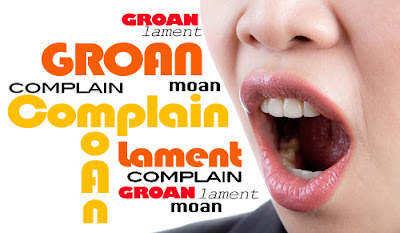Last year, Hulu bought the streaming rights for all 180 episodes of Seinfeld.
The price tag: $1 million per episode.
The $180 million Hulu paid came on top of $3 billion in syndication fees that Seinfeld had already generated from other outlets.
While conference planners take pride in staging profitable "first-run" events, unlike the creators of Seinfeld, most turn their backs on the profits to be made from "re-runs."
"Your organization is building a valuable repository of content waiting to be deployed in new ways for new audiences," Gross says.
"Commercial event producers, corporate conference organizers and professional associations can all benefit from reusing conference content."
But conference planners in the main still see repurposing as virtual "double-dipping."
Something odious and "not for us."
Gross urges planners no longer to think of conference content as perishable, but instead think of it as a marketing asset.
"Approach this content like you would any other marketing asset and use it at every stage of your marketing strategy," he says.
Re-purposing your conference content can open "a world of possibilities," Gross says.
A few include:
- Marketing packaged proceedings to non-attendees.
- Reusing visuals from technical presentations in online tutorials for newcomers to the field.
- Delivering "gamified" online training modules to team members of attendees' organizations who do not attend the conference.
- Offering an e-book compiled from transcripts of the keynotes to promote a future conference.
- Offering an e-book that collects the best presentations from the same field to create inroads into niche markets.
- Publishing a series of blog posts based on the abstracts from a set of related technical papers, to spotlight an industry issue or trend.
Repurposing conference content not only extends the shelf-life of your event, but opens new doors to increased revenue, brand loyalty and market share.






















